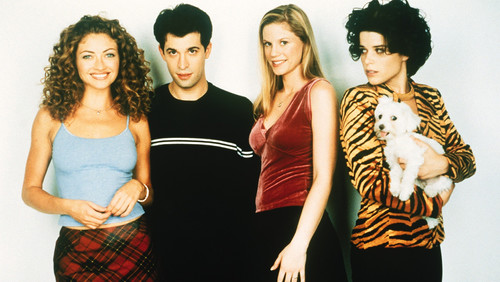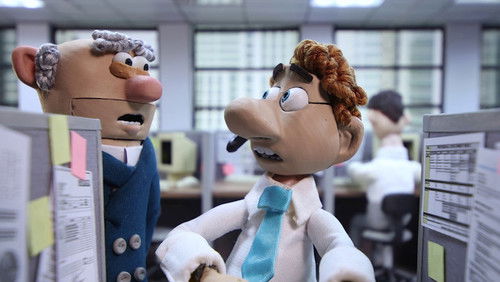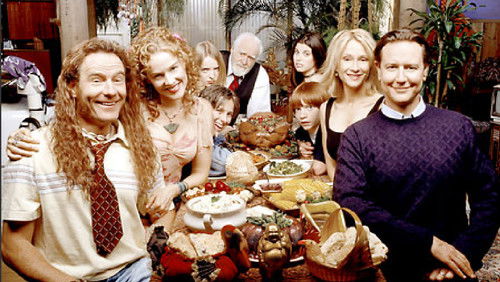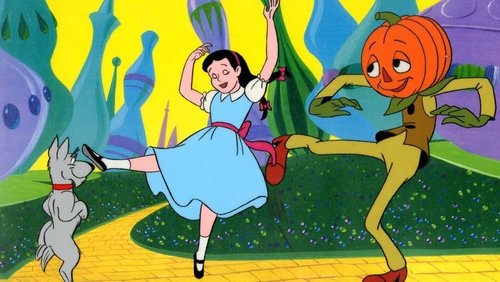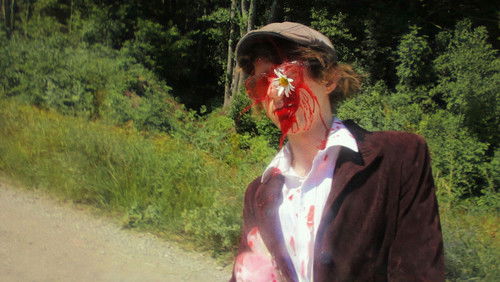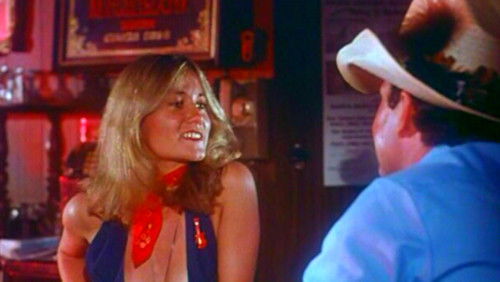Der gewisse Kniff (1965)
5KDer gewisse Kniff: Directed by Richard Lester. With Rita Tushingham, Ray Brooks, Michael Crawford, Donal Donnelly. A young school teacher tries to master the art of flirtation using his neighbor’s skills.
“The Knack emerges as a serious contender as the film which best defines and captures the essence of the sixties. As a product of its age, it convincingly portrays an image of u0026#39;swinging Londonu0026#39; that so dominated the media at that time. It is an enduring image, which has long since seeped into our collective consciousness.u003cbr/u003eu003cbr/u003eToday, The Knack appears, at best, to be an attempt at understanding the changing moral landscape that was being radically redrawn during this era. As a piece of contemporary film making, it manages to capture the spirit of that age perfectly. What it doesnu0026#39;t necessarily do is make sense of it all. The 1960s was, after all, a period of rapid social and political change – an age of cold war tension, supersonic invention and lunar landing pretensions, combined with increasing freedom for teenagers, both in terms of sex and spending power.u003cbr/u003eu003cbr/u003eThe quartet of principal actors, Crawford, Tushingham, Brooks u0026amp; Donnelly all give bravura performances. Richard Lesteru0026#39;s direction was exemplary; indeed, he has probably not made a better film since those heady days. The locations, featuring some rather dingy-looking parts of the capital, look all the more so thanks to the decision to film in monochrome. This was particular brave considering the colourful times the film was depicting. The one ingredient which most of all created the sense of playfulness indicative of the film was John Barryu0026#39;s wonderfully mischievous jazz-tinged pop score. One cannot imagine the film without it, which is the highest compliment one can pay to a film soundtrack.u003cbr/u003eu003cbr/u003eThere is no doubt that The Knack was and remains a stylish movie, albeit rooted in its time. No viewer can fail to date its origin correctly … yet thatu0026#39;s precisely what makes this celluloid time-capsule such a fascinating viewing experience. It exists as the archetypal mid-sixties art-house movie, which, like the decade in which it was written, took risks, dared to be different, and, if it didnu0026#39;t always succeed, sure as hell made an impression.”
